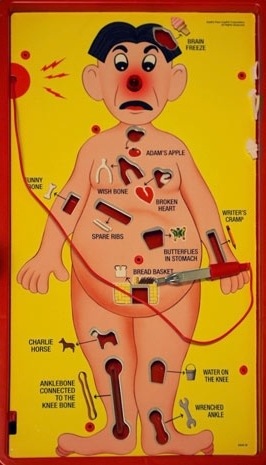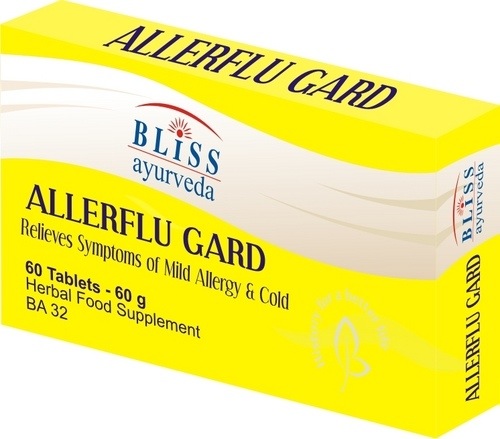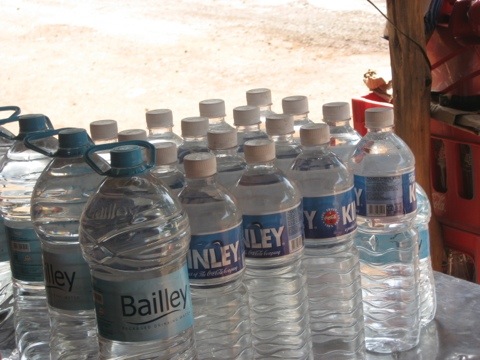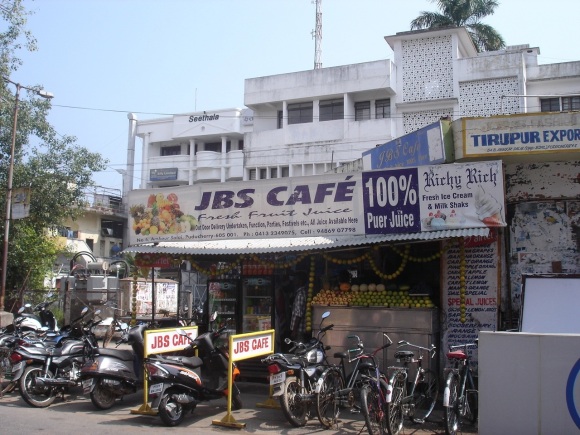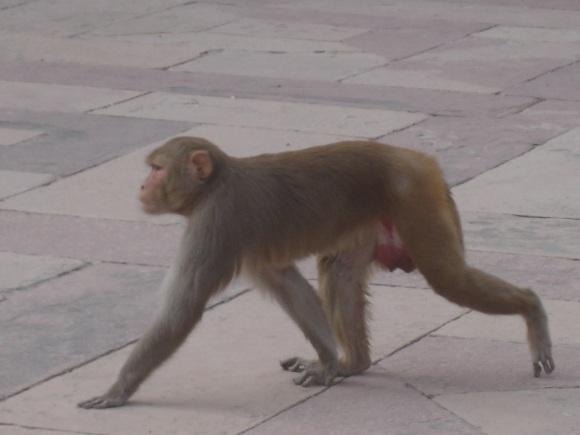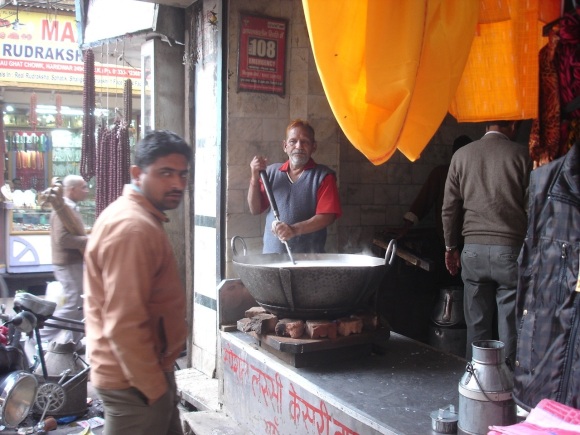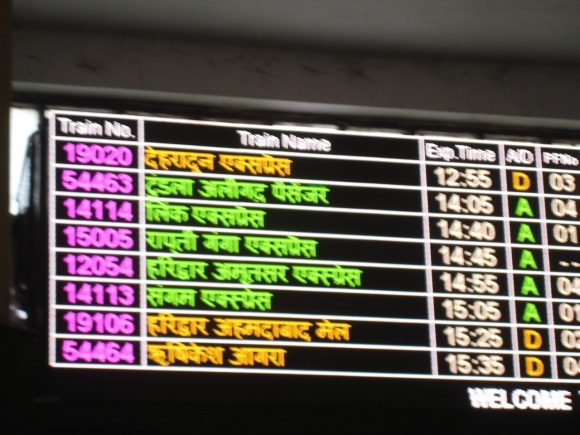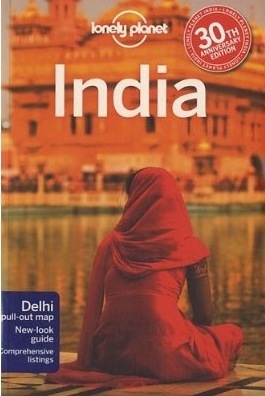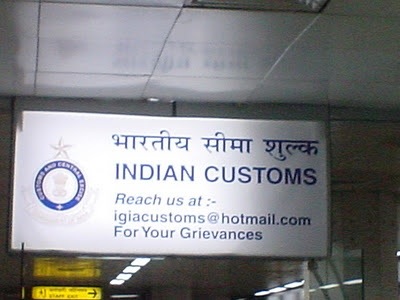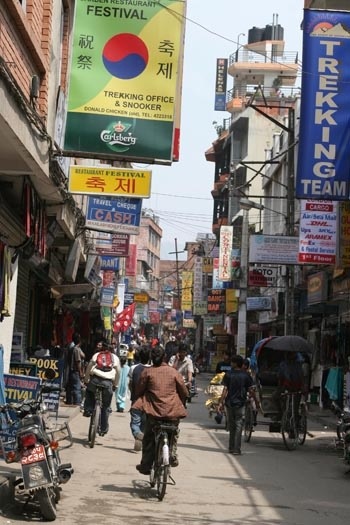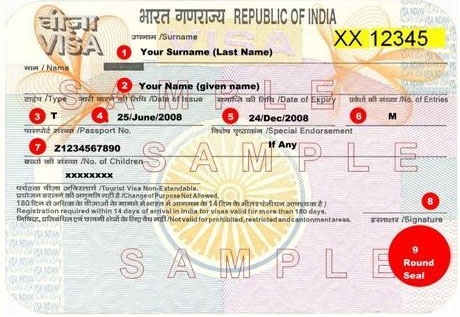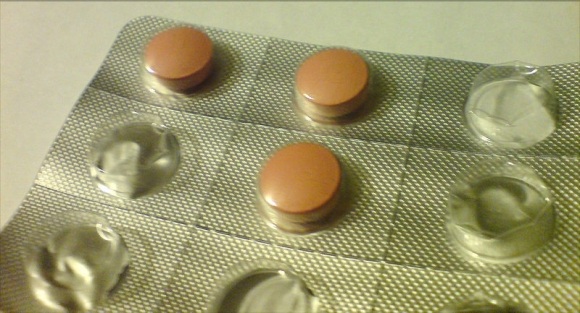Winnipeg, Manitoba, Canada
Delhi belly, the Bombay blues, the Trivandrum trots, the Erukkancheri evacuation, no matter what you call it, traveler’s diarrhea is crappy. But there are ways to minimize the effects and possibly avoid it all together with a little preparation before you leave, and some rules while you are traveling.
Now here is a disclaimer right off the top. I am not a doctor, a nurse, or any other type of medical professional (although I have seen a few episodes of House MD and once played Milton Bradley’s Operation™, so that might count for something). Always check with your doctor before starting any medication, fitness regiment, or lifestyle change.
Most of the incidents of stomach problems come from ingesting tainted food, but also keep in mind that your system is used to your local surroundings and not those of your destination. I know a few people from India who said they got sick while visiting Canada, so it does go both ways.
A really really good forum post on this topic (by a doctor) is in IndiaMike and is here.
Probiotics can be obtained at any drug store or health food shop, but the bitters he is talking about can be a little harder to find. I used a tablet form of the bitters from a company called Bliss Ayurveda and their product Allerflu Gaurd. The product is sold for cold and flu prevention, but it contains the Andrographis paniculata and Holy Basil that is discussed in the post.
I followed this advice, taking the probiotics three months before and the bitters six weeks before, and then both everyday during the trip. I didn’t have any problems at all in Nepal (where Lonely Planet describes the water as lethal), and with the exception of a short bout of upset stomach in Pondicherry, India was the same. Keep in mind that my constitution is pretty good and I don’t get sick very often, which may have also helped, so you should check with your doctor or a travel clinic for other prevention and remedy methods.
Your other weapon against any gastronomic malfeasance is cleanliness and plain common sense. Drink only sealed bottled or treated water with no ice cubes, and stick to well known brands of bottled water if you can. Good brands include Bisleri, Aquafina, Kinley, and Qua. Chai and coffee are generally safe too because they have to boil the water to make them.
Other things to remember to do is wash your hands and use a hand sanitizer, keep your mouth closed when you shower, brush your teeth with the same water that you drink. Stay away from fruits and vegetables that you can’t peel. Oranges and bananas are usually safe, apples and grapes, not so much. Eat at restaurants that are clean and busy (the deserted restaurant is more likely to leave food out), watch out for street vendors who have food left out, if you see them cook it in front of you, especially if it’s deep fried, you’re generally safe. If you feel that your food may be suspect, just don’t eat it.
Be vigilant with cleanliness and keep things sanitary. As a trip wears on, you may tend to let your guard down and eat a samosa that’s been sitting out and wash it down with some river water, and that’s when you’ll get hit.
As far as medication goes, if there is a brand of cold medicine that you like or an antihistamine that works really well for you, bring it (keep it in it’s original packaging for airport security). Pharmacies, or chemists, are readily available in the big cities and even the smaller towns, but they don’t carry everything that western drug stores do. For instance, antacids are nowhere to be found, and suppositories just don’t exist in South Asia (a chemist in Kathmandu told me “Oh no sir, we don’t put ANYTHING up there”).
The medication that I brought with me were, Malarone, Immodium, antihistamines, the aforementioned probiotics and bitters, gravol, and some Polysporin ointment. I also brought a basic first aid kit that contained bandages, scissors, tweezers, and other handy medical stuff. Add a box of alcohol swabs/wipes to your pack as well which can be used to disinfect and clean small cuts and any suspect glasses or cutlery.
There are lots of cute and cuddly animals over there too. Dogs, cats, and monkeys roam the streets in a lot of areas and almost all of them are strays. They usually keep a respectful distance from you, and you should do the same.
Lastly, know yourself and your tendencies. If you have a delicate stomach, or an allergy, or asthma, take precautions and talk to your doctor or the staff at a travel clinic. The latter has big databases full of info on specific areas and the health hazards you could face.
However, if you’re careful with your water and food, you can enjoy everything that these countries have to offer.

